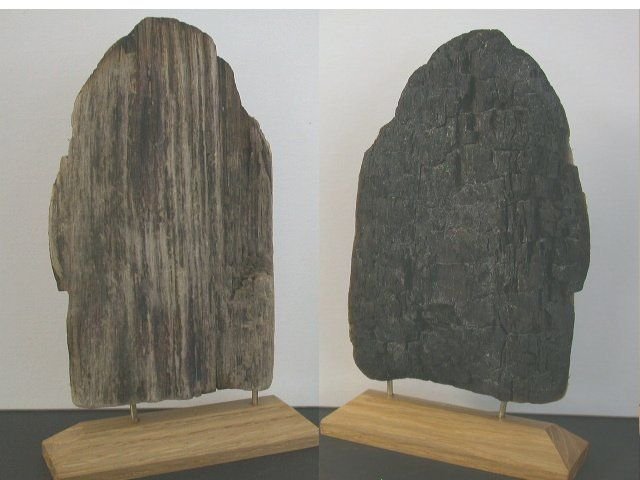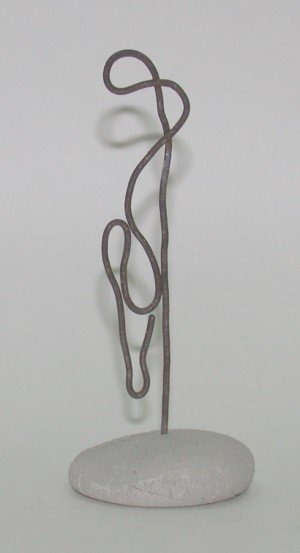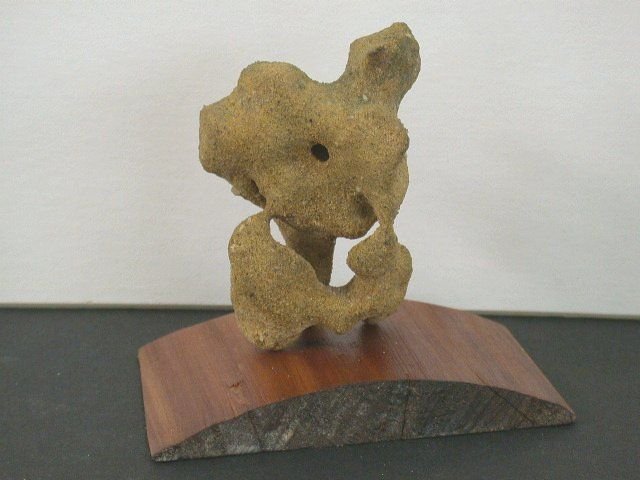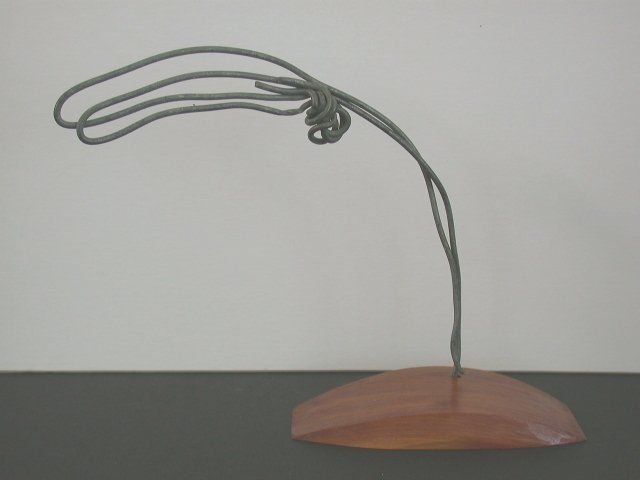It all started when I was in art school. While I loved art I hated the pretensions that always seemed to come with it. Of course I wasn’t the first. Marcel Duchamp expressed a similar point with his “ready-mades” as did several of the Dadaists. For me the was result was “yulem objects.”
What are Yulem Objects?
We often remark on the shape, color, or texture of everyday objects. Some of these objects are so special that they deserve to be shared with others. These are Yulem Objects. They exist everywhere and only require you recognize them so there’s little room for pretension.
The word yulem is derived from ylem, which is the first substance from which the elements were formed (Thank you Gamow). Most generally yulem is the quality of having been formed naturally into an object of unique interest. "Naturally" is included to exclude objects consciously made by humans.
With yulem the emphasis is on unique interest, not uniqueness
Many objects are unique (as in every rose is unique) but not all are of unique interest. Clearly this is a subjective consideration but therein is the importance of a yulem object. We have three conditions to achieve yulem.
- Must be uniquely interesting - Any natural object might be uniquely interesting to a single individual and is of minimal value. Another object might be considered uniquely interesting by a very large number of people. The value of such an object could be priceless.
- Must be naturally formed - These objects are typically formed by actions of nature or accidentally (maybe inadvertently) by humans. Yulem objects are not consciously made by humans as are arts and crafts.
- Must be discoverable - Since yulem is about seeing the object must be visible and accessible. They are objects available to anyone who has the sensitivity to recognize them. Once discovered there is then a shift in context, usually by removing it from where it was discovered to a place of display for others to see.
Understandably, yulem objects are an acquired taste as they exist well outside the boundaries of what most deem to be art. Many uniquely interesting objects can be found and some even possess sufficient quality to be considered “art” but like most paintings, sculptures, prints, and ceramics they fail to achieve that higher aesthetic classification. Nevertheless they are worth collecting and sharing with others. Here are just a few examples:

The bi-polar board was found in the tide line at a beach. At first I saw the the texture of the sea weathered side and picked it up. To my delight the charred side was revealed making is a bit special.

The fetal wire was picked up among the rubble somewhere that I have forgotten. But it was the special collection of curves that happened to occur in the piece of steel wire that just seemed “to work” for me.

We don’t have many rocks where I grew up in Florida. (Some places do have a lot of limestone.) But when you dig into our mostly sandy dirt you can find what is called “hardpan.” This is a piece of hardpan found when I was digging a hole.

Of course everyone knows that we get hurricanes in Florida. Palm trees survive these bad storms mostly intact because their fronds (leaves) will bend forward and fold with the wind. They look exactly like this piece of wire we call the “Hurricane Palm.”
If you have some examples of a yulem object let us know and include the tag “yulem”!
Wow, really nice idea of yulems :) The board is amazing
Thank you,
It is an acquired taste and not all appreciate such aesthetics.
Seeing beauty within the spirit and vessel of the object is honourable and interesting.
Nature is the Greatest Artist I've ever known ;-)